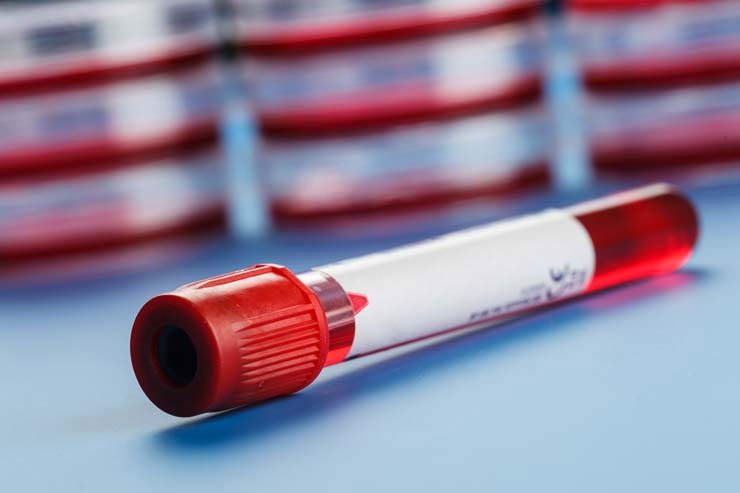The Sophisticated Processes of PRP Preparation

What exactly is Platelet Rich Plasma or PRP? Before explaining the processes of PRP preparation and how it works to heal and rejuvenate your body, it is important to understand how it is sourced. And, to answer that question, one needs to understand the composition of blood. Components of Blood in Processes of PRP Preparation Your blood has four…
What exactly is Platelet Rich Plasma or PRP? Before explaining the processes of PRP preparation and how it works to heal and rejuvenate your body, it is important to understand how it is sourced. And, to answer that question, one needs to understand the composition of blood.
Components of Blood in Processes of PRP Preparation
Your blood has four main components, each of which has an important role to play in the functioning of your body. Of these, the plasma, platelets, and white blood cells play a major role in PRP preparation.
- Red Blood Cells or RBCs: Also called erythrocytes, RBCs make up 45% of the blood and transport fresh oxygen to your body’s tissues from the lungs. They also carry the waste carbon dioxide back to the lungs where it is exhaled.
- White Blood Cells or WBCs: Also called leukocytes, the WBCs protect your body from infections and illnesses and make up your immune system. Various kinds of WBCs create antibodies that destroy bacteria and viruses or fight malignant diseases. For instance, granulocytes surround and kill the pathogens invading your body.
- Platelets: Also called thrombocytes, platelets intermesh with clotting proteins to prevent or halt bleeding. Platelets resemble small, colorless cell particles.
- Plasma: Made of around 92% water, plasma also has 7% vital proteins like gamma globulin, antihemophilic factor, albumin, and other factors that assist in clotting. Vitamins, hormones, fats, sugars, and salts are the other 1% components of plasma. Plasma makes up 55% of your blood.
How PRP is Formulated
When you come in for a Platelet Rich Plasma or PRP treatment, the doctor harvests a small quantity or 10ml of your blood from the arm. Next, they place the vial containing the sample in a centrifuge that spins it at high speeds. This PRP preparation action causes the blood to separate into three distinct components that are clearly visible to the eye. At the bottom, you’ll see the dark RBCs, and above it is the buffy coat, a thin layer that consists of WBCs and platelets. This layer makes up 1% of the sample. Above this layer is the Platelet Poor Plasma or PPP. The doctor extracts the thin buffy layer by way of aspiration or drawing it into a pipette and processes it for preparing the PRP serum. If needed, the doctor might also choose to spin the serum for a second time to prepare a bigger concentration of platelets.
What is the PRP Serum?
The Platelet Rich Plasma serum contains various components such as;
- Platelets: The PRP carries a concentration of platelets that are 2.5 to 9 times the quantity present in normal blood. The amount of blood used and individual blood types can dictate these concentration levels. During the PRP preparation process, the doctor can control the speed and duration of the rotation so that they can get the appropriate concentration levels. This process is essential so that the serum perfectly matches the particular medical or aesthetic issues that you have signed up for.
- White Blood Cells: The PRP serum contains white blood cells or WBCs that help fight infections. This is why, when doctors inject the compound inject into wounds, there is no possibility of infections.
- Growth Factors: The growth factors present in the PRP serum speed up healing and can also attract cells that form hard tissue in the body.
- Additives: Doctors add certain additives to the PRP preparation such as calcium chloride and thrombin. These compounds work to stimulate the platelets and their clotting capabilities. They also enhance the serum’s rejuvenating qualities.
Administering the PRP Serum
Once the Processes of PRP Preparation is complete, the doctor injects minute amounts into the precise areas that need healing. For issues such as facial rejuvenation and hair loss, the serum, doctors inject it a few millimeters into the skin. However, for arthritis, the serum works well under the knee capella. To maintain precision, the doctor monitors the depth on an ultrasonic monitor.
Now that you’ve understood how sophisticated and intricate the PRP preparation process is, you’ll be convinced of its efficacy in giving you the results you’re looking for.
References:
PRP Injection Preparation and Composition
A Cost-Effective Method for Obtaining Standard Platelet-Rich Plasma